 |
Introduction to Gmail |
1.00 |
Gmail is a free email service provided by Google. In many ways, Gmail is like any other email service: You can send and receive emails, block spam, create an address book, and perform other basic email tasks. But it also has some more unique features that help make it one of the most popular online email services. |
 |
Introduction to Fireground Size-up |
2.00 |
This course is an extensive introduction to fireground size-up and is a prerequisite for all other Vigilant size-up courses. This lesson defines the term size up and describes its purpose in fireground operations. The elements of a proper size-up are defined and described. The course introduces a five-step procedure for implementing the size-up process on the fireground. Each step of this procedure is defined and described with an explanation of the elements that are identified during each step. The lesson concludes with an overall summary and final evaluation. |
 |
Introduction to Fireground Communications |
0.50 |
This course defines communication and identifies five components of a fireground communication model. Each component is described in detail and a procedure for implementing the components is reviewed. The different types of common fireground communications are described and examples of each are given. |
 |
Introduction to Evaluation |
2.00 |
Quality programs operate with the idea that they will change, improve, and grow. Knowing how to identify areas needing improvement is the key to program quality, which must be continually evaluated to identify strengths and weaknesses. In this course, participants will learn what evaluation is, why it is important for programs, and ways they can evaluate their own programs. |
 |
Introduction to Enrichment |
2.50 |
This course supports and extends the notion that the provision of enrichment is vital for ensuring animal welfare in a zoological environment. Learners will be guided through the components of an enrichment program, the approval process, and questions that should be considered before the provision of any enrichment. Important considerations for ensuring animal and keeper safety, as well as the basics of data collection are also highlighted in this class. |
 |
Introduction to Eldercare |
2.75 |
This course will equip you with the essential knowledge to navigate the unique challenges and opportunities that come with caring for older adults. |
 |
Introduction to Education Policy and Law |
1.25 |
This course covers an introduction to educational policy and law. This course will help you develop new knowledge about the fundamental principles and legislation that shape the education system, enabling you to understand what factors influence educational practices and decision-making. |
 |
Introduction to Construction Trades |
2.00 |
This course covers the scope of tasks of construction trades, the wide variety of careers in the construction trades, and why they are vital to our daily lives and economy. Construction trades, often referred to as skilled trades, encompass a wide range of manual labor jobs related to the construction and maintenance of buildings, structures, and infrastructures. |
 |
Introduction to Assessment for Teachers |
1.25 |
This course covers basic assessment information for teachers. It will be a refresher for basic concepts generally covered in a teacher preparation program. Educators must understand the reasons for assessment and its importance in supporting appropriately designed instruction for students. This course will help you develop new knowledge and review prior knowledge regarding the impact of assessment on teaching and learning. |
 |
Introduction to American Sign Language |
0.50 |
This course covers basic American Sign Language also known as ASL. This course will help you develop new knowledge about what American Sign Language is, where it comes from, and who benefits from it. You will also learn how ASL is used and some common signs for the classroom. |
 |
Introduction to Aging with Intellectual and Developmental Disabilities |
0.50 |
The course presents a general overview of aging with intellectual and developmental disabilities, as well as an overview of specific disabilities, such as Down syndrome, cerebral palsy, and epilepsy. |
 |
Introduction and Understanding of OSHA |
0.75 |
This course covers the basic introduction to OSHA, its mission and how it's achieved, and what OSHA's role is in the workplace. |
 |
Introducing Monotremes |
3.00 |
Are monotremes a bit of mystery to you? Get to know the echidnas and the platypus, as Monotremes 1 explores the physical characteristics, distribution, and habitats of echidnas and platypuses. In Monotremes 2, learners investigate what—and how—monotremes eat, as well as which animals prey on them, and how they avoid being eaten. This module also covers thermoregulation, locomotion, behavior, and social structure. The third and final course in the series, Monotremes 3, explores the fascinating world of monotreme reproduction and investigates the conservation status of monotremes, threats to platypus and echidna species, and how conservationists are helping. The module concludes with a look at some examples of how we can all participate in conservation. Remarkable images show platypuses and echidnas in ways you’ve never seen before, and video provides insights into their behavior. Interactivity sprinkled throughout the modules engages participants in the learning process, and questions at the end of each section ensure that they have mastered fundamental concepts before they move on. |
 |
Introducing Animals: Reptiles |
4.50 |
In this course collection, interpreters, guides, docents, and wildlife care specialists can explore the fascinating life of reptiles in this collection of five modules. The individual modules allow for a more focused approach to the material, as each takes a narrow scope. Each module includes self-assessment opportunities and its own mastery test. Reptiles 1 explores the physical characteristics of the reptiles: snakes, lizards, turtles and tortoises, crocodilians, and tuataras. Reptiles 2 covers reptile distribution and habitats. In Reptiles 3, learners investigate what—and how—reptiles eat, as well as which animals prey on various reptiles, and how reptiles avoid being eaten. This module also covers thermoregulation, locomotion, behavior, and communication. Reptiles 4 explores the fascinating world of reptile reproduction. The final course in the series, Reptiles 5 investigates the conservation status of reptiles, threats to reptiles, and how conservationists are helping. The module concludes with a look at some examples of how we can all participate in reptile conservation. |
 |
Introduccian y Conocimiento de OSHA (Spanish) Introduction and Understanding of OSHA |
0.75 |
Este curso está diseñado para dar a los participantes una introducción a la OSHA. Al final de este curso los participantes tendrán una mejor comprensión de la misión de OSHA, la Ley de OSHA, la Cláusula de Deber General, y cómo ofertas OSHA con las inspecciones de trabajo, lesiones y enfermedades. |
 |
Interviewing Skills: Planning and Preparing (Instructor Guide) |
1.00 |
Once you have written success factors related to the position you are filling, you need to plan for the interview.
In this course you will learn to: identify the steps to establish a plan for an interview, and identify the steps to prepare an office for an interview.
This Instructor's Edition of this course includes notes and suggestions to assist you in presenting the material, whether in an in-person classroom setting, or as an instructor-led online or distance-learning course. It also provides you with the answers to questions found in mid-lesson activities, as well as in the quiz that concludes the course. |
 |
Interviewing Skills: Planning and Preparing |
1.00 |
Once you have written success factors related to the position you are filling, you need to plan for the interview.
In this course you will learn to: identify the steps to establish a plan for an interview, and identify the steps to prepare an office for an interview. |
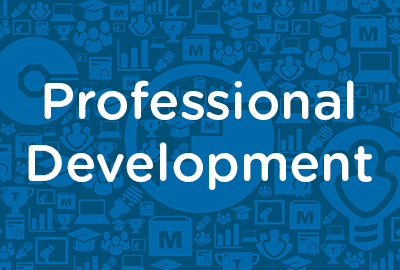 |
Interviewing Skills: Handling and Conducting (Instructor Guide) |
1.00 |
Some interviewees demand a particularly focused and skillful use of interviewing techniques. Your ability to handle talkative, uncommunicative, nervous, or inexperienced candidates is important in order to get an accurate assessment of the candidate’s abilities. If you develop ways of handling various types of interviewees before the interview begins, you’ll be able to encourage them to respond positively and share information. You’ll also avoid the mistake of eliminating candidates on the basis of value judgments or preconceptions.
An interview is a two-way conversation designed to gather information about, and provide information to the candidate, so you both can decide on the fit between the position, the organization, and the candidate. Good interviews flow smoothly when both the interviewer and the candidate take part in an information exchange.
In this course you will learn to: handle an interview by developing an understanding of the various types of candidates, and conduct an interview by following a specific structure and using effective communication techniques.
This Instructor's Edition of this course includes notes and suggestions to assist you in presenting the material, whether in an in-person classroom setting, or as an instructor-led online or distance-learning course. It also provides you with the answers to questions found in mid-lesson activities, as well as in the quiz that concludes the course. |
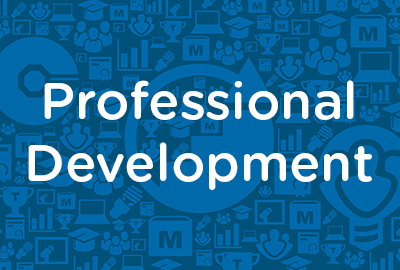 |
Interviewing Skills: Handling and Conducting |
1.00 |
Some interviewees demand a particularly focused and skillful use of interviewing techniques. Your ability to handle talkative, uncommunicative, nervous, or inexperienced candidates is important in order to get an accurate assessment of the candidate’s abilities. If you develop ways of handling various types of interviewees before the interview begins, you’ll be able to encourage them to respond positively and share information. You’ll also avoid the mistake of eliminating candidates on the basis of value judgments or preconceptions.
An interview is a two-way conversation designed to gather information about, and provide information to the candidate, so you both can decide on the fit between the position, the organization, and the candidate. Good interviews flow smoothly when both the interviewer and the candidate take part in an information exchange.
In this course you will learn to: handle an interview by developing an understanding of the various types of candidates, and conduct an interview by following a specific structure and using effective communication techniques. |
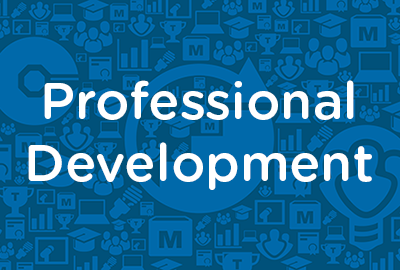 |
Interviewing Skills: Fundamentals Of Interviews (Instructor Guide) |
1.00 |
An interview is a planned, focused conversation that provides an employer with information needed to evaluate a candidate’s ability and motivation to perform a job successfully. In addition, interviews enable you to analyze an individual’s potential fit with an organization. To select the right candidate, you need to have a range of interviewing skills.
In this course you will learn to: discuss the benefits of interviewing skills and identify the various types of interviews, and define the success factors for a position and identify the steps involved in writing and finalizing those success factors.
This Instructor's Edition of this course includes notes and suggestions to assist you in presenting the material, whether in an in-person classroom setting, or as an instructor-led online or distance-learning course. It also provides you with the answers to questions found in mid-lesson activities, as well as in the quiz that concludes the course. |
 |
Interviewing Skills: Fundamentals Of Interviews |
1.00 |
An interview is a planned, focused conversation that provides an employer with information needed to evaluate a candidate’s ability and motivation to perform a job successfully. In addition, interviews enable you to analyze an individual’s potential fit with an organization. To select the right candidate, you need to have a range of interviewing skills.
In this course you will learn to: discuss the benefits of interviewing skills and identify the various types of interviews, and define the success factors for a position and identify the steps involved in writing and finalizing those success factors. |
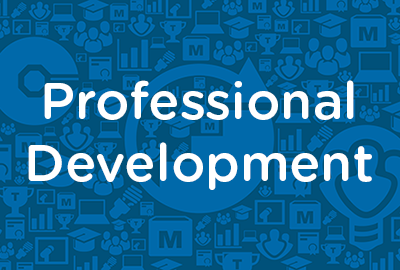 |
Interviewing Skills: Following Up (Instructor Guide) |
0.67 |
Once you have conducted the interview, you need to do a follow-up and perform a self-evaluation of your interviewing skills.
In this course you will learn to: complete follow-up tasks after an interview.
This Instructor's Edition of this course includes notes and suggestions to assist you in presenting the material, whether in an in-person classroom setting, or as an instructor-led online or distance-learning course. It also provides you with the answers to questions found in mid-lesson activities, as well as in the quiz that concludes the course. |
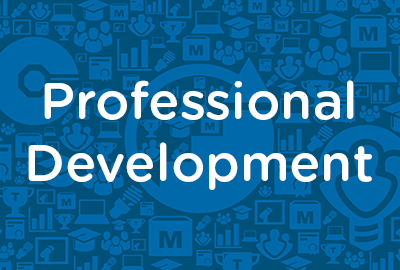 |
Interviewing Skills: Following Up |
0.67 |
Once you have conducted the interview, you need to do a follow-up and perform a self-evaluation of your interviewing skills.
In this course you will learn to: complete follow-up tasks after an interview. |
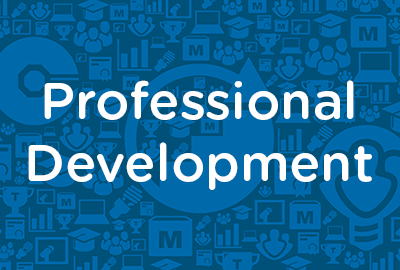 |
Interviewing Skills: Federal Laws (Instructor Guide) |
0.67 |
Congress enacted the Americans with Disabilities Act (ADA) to provide a clear and comprehensive mandate to eliminate discrimination in employment against individuals with disabilities. This Act continues to have long-term benefits for American businesses, since it helps ensure that all workers have an opportunity to maximize their contributions to the productivity of the American economy.
The Immigration Reform and Control Act (IRCA) was signed into law in 1986 because of the large number of illegal aliens working in the United States. The purpose of the Act was to preserve jobs for those who are legally entitled to these, such as U.S. citizens and foreign nationals eligible to work in the United States. The Act is not a negative response to the diversification of the work force, but rather an acknowledgement of it, protecting the rights of both employer and candidate.
In this course you will learn to: define disability and identify the questions that are prohibited by the Americans with Disabilities Act, and hire employees legally under the Immigration Reform and Control Act and use Form I-9.
This Instructor's Edition of this course includes notes and suggestions to assist you in presenting the material, whether in an in-person classroom setting, or as an instructor-led online or distance-learning course. It also provides you with the answers to questions found in mid-lesson activities, as well as in the quiz that concludes the course. |
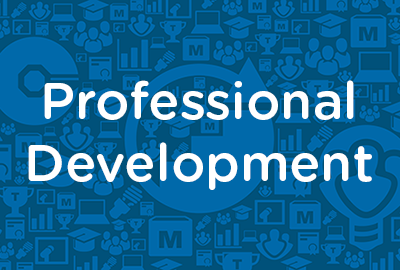 |
Interviewing Skills: Federal Laws |
0.67 |
Congress enacted the Americans with Disabilities Act (ADA) to provide a clear and comprehensive mandate to eliminate discrimination in employment against individuals with disabilities. This Act continues to have long-term benefits for American businesses, since it helps ensure that all workers have an opportunity to maximize their contributions to the productivity of the American economy.
The Immigration Reform and Control Act (IRCA) was signed into law in 1986 because of the large number of illegal aliens working in the United States. The purpose of the Act was to preserve jobs for those who are legally entitled to these, such as U.S. citizens and foreign nationals eligible to work in the United States. The Act is not a negative response to the diversification of the work force, but rather an acknowledgement of it, protecting the rights of both employer and candidate.
In this course you will learn to: define disability and identify the questions that are prohibited by the Americans with Disabilities Act, and hire employees legally under the Immigration Reform and Control Act and use Form I-9. |


























